Will the woolly mammoth return?
Extinction might not spell the end for some species, thanks to genetic engineering
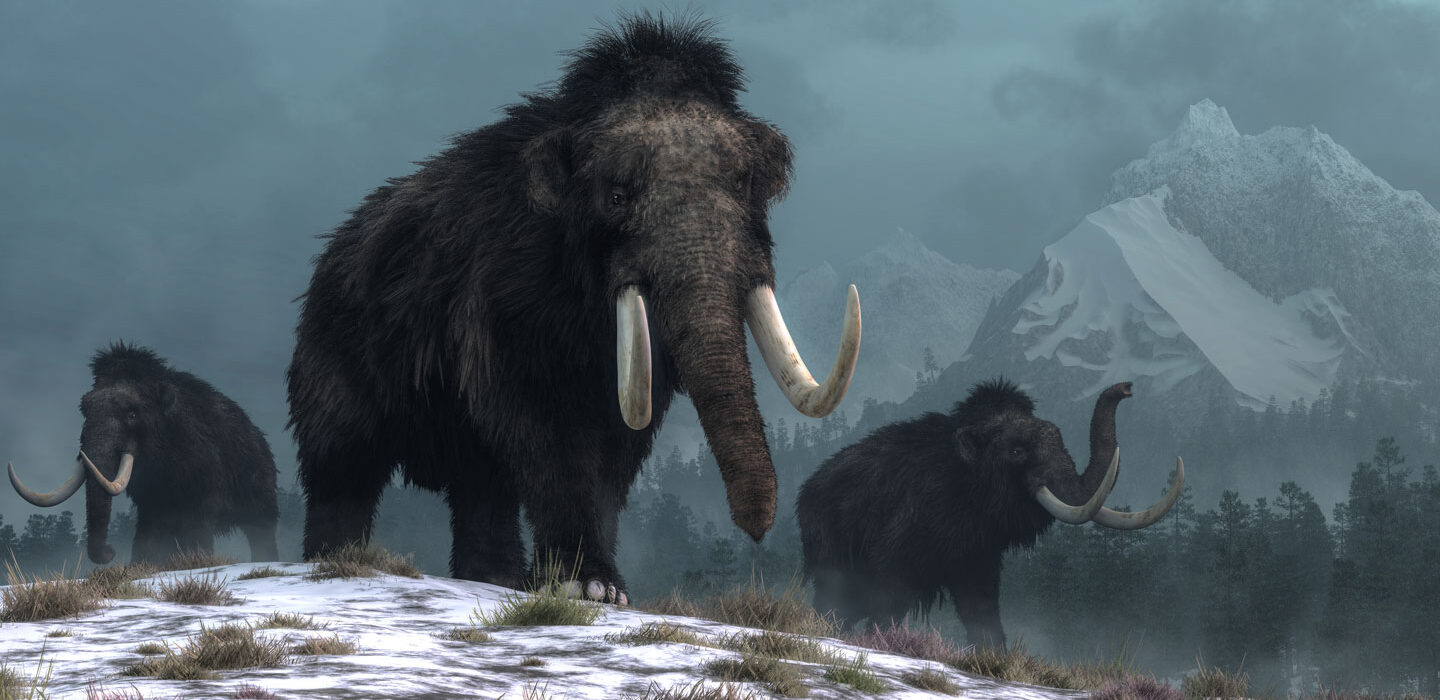
The woolly mammoth went extinct thousands of years ago. But it might not stay extinct. Genetic engineering may be able to bring back a very similar animal. And there’s already a home waiting for it in Siberia.
Daniel Eskridge/iStock/Getty Images Plus
Eriona Hysolli slapped at mosquitoes as she helped feed a baby moose. Not far away, shaggy Yakutian horses grazed on tall grass. It was August 2018. And Hysolli was a long way from Boston, Mass., where she worked as a genetics researcher at Harvard Medical School. She and George Church, the director of her lab, had traveled to northeastern Russia. They’d come to a nature preserve in the vast, remote region known as Siberia.
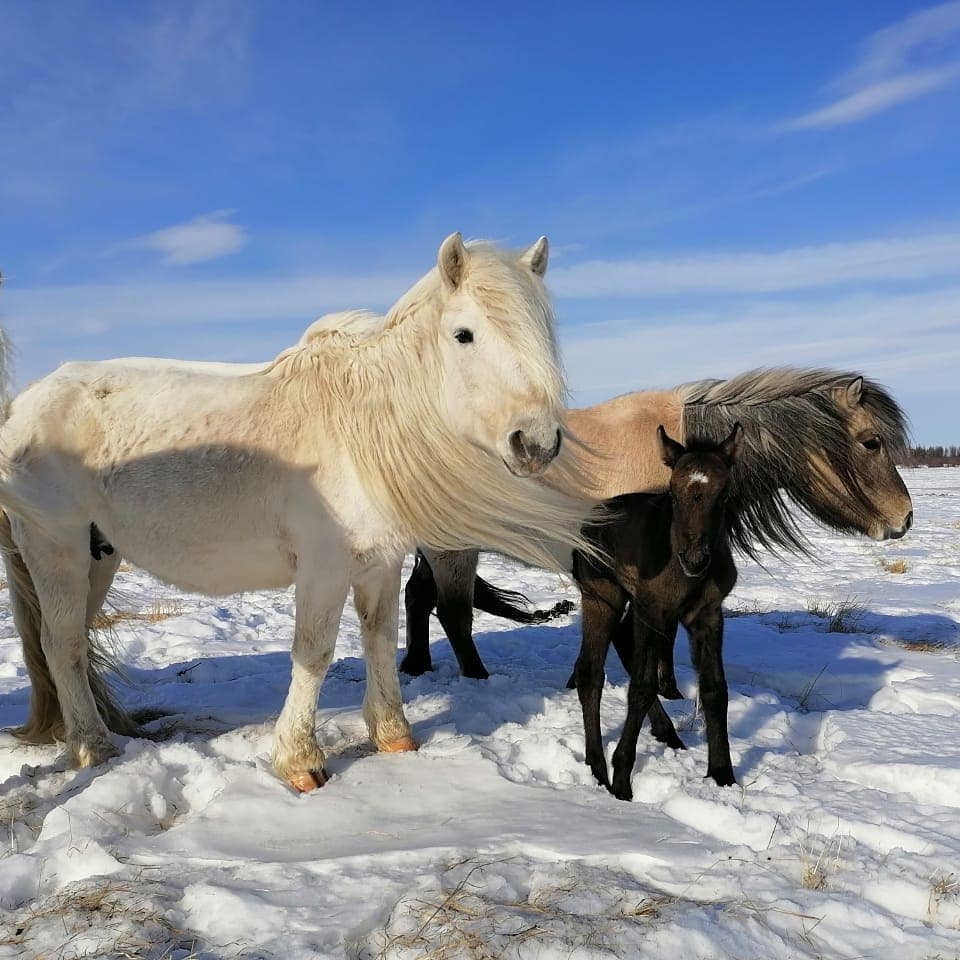
If Hysolli let her mind wander, she could imagine a much larger animal lumbering into view — one larger than a horse, larger than a moose. This elephant-sized creature had shaggy brown fur and long, curving tusks. It was a woolly mammoth.
During the last ice age, a period known as the Pleistocene (PLYS-toh-seen), woolly mammoths and many other large plant-eating animals roamed this land. Now, of course, mammoths are extinct. But they might not stay extinct.
“We believe we can attempt to bring them back,” says Hysolli.
In 2012, Church and the organization Revive & Restore began working on a Woolly Mammoth Revival project. It aims to use genetic engineering to create an animal very similar to the extinct woolly mammoth. “We call them elemoths, or cold-adapted elephants,” explains Hysolli. Others have called them mammophants or neo-elephants.
Whatever the name, bringing back some version of a woolly mammoth sounds like its coming straight out of Jurassic Park. The nature preserve Hysolli and Church visited even has a fitting name: Pleistocene Park. If they succeed in creating elemoths, the animals could live here. Explained Church in a 2019 interview with PBS, “The hope is that we will have large herds of them — if that’s what society wants.”
De-extinction engineering
Genetic engineering technology may make it possible to resurrect the traits and behaviors of an extinct animal — as long as it has a living relative. Experts call this de-extinction.
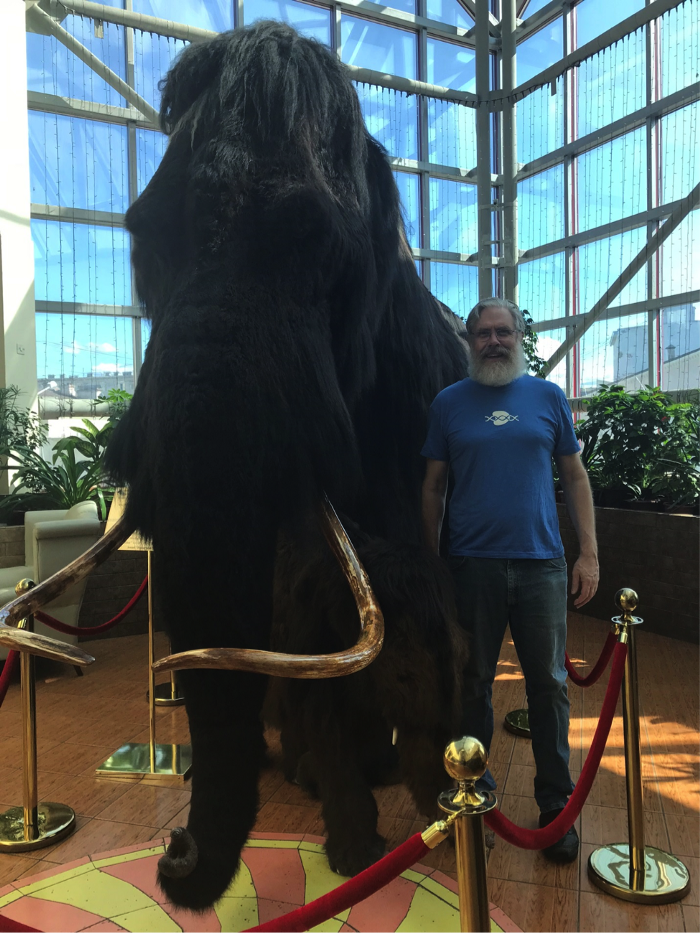
Ben Novak has been thinking about de-extinction since he was 14 and in eighth grade. That was when he won first place in a competition leading up to the North Dakota State Science and Engineering Fair. His project explored the idea of whether it would be possible to recreate the dodo bird.
This flightless bird was related to the pigeon. It went extinct in the late 1600s, about a century after Dutch sailors arrived on the only island where the bird lived. Now, Novak works at Revive & Restore, based in Sausalito, Calif. The basic goal of this conservation organization, he says, is to look at a habitat and ask: “Is there something missing here? Can we put it back?”
The woolly mammoth isn’t the only animal Novak and his team hope to restore. They are working to bring back passenger pigeons and heath hens. And they support efforts to use genetic engineering or cloning to rescue endangered species, including a type of wild horse, horseshoe crabs, coral and black-footed ferrets .
Dinosaurs aren’t on their list. “Making dinosaurs is something we can’t really do,” says Novak. Sorry, T. rex. But what genetic engineering can achieve for conservation is astonishing and eye-opening. Many scientists, though, question whether bringing back extinct species is something that should be done at all. Thankfully, we have time to decide whether this is right. The science of bringing back something like a mammoth is still in its very early stages.
Recipe for revival
Wooly mammoths once roamed throughout most of Europe, Northern Asia and North America. Most of the mighty beasts died out around 10,000 years ago, likely due to a warming climate and human hunting. A small population survived until about 4,000 years ago on an island off the coast of Siberia. Across most of the wooly mammoth’s former range, remains of the animals decomposed and disappeared.
In Siberia, though, cold temperatures froze and preserved many mammoth bodies. Cells inside these remains are completely dead. Scientists (so far) can’t revive and grow them. But they can read any DNA in those cells. This is called DNA sequencing. Scientists have sequenced the DNA of several woolly mammoths. (Scientists can’t do this with dinosaurs.; they died out too long ago for any DNA to have survived.)
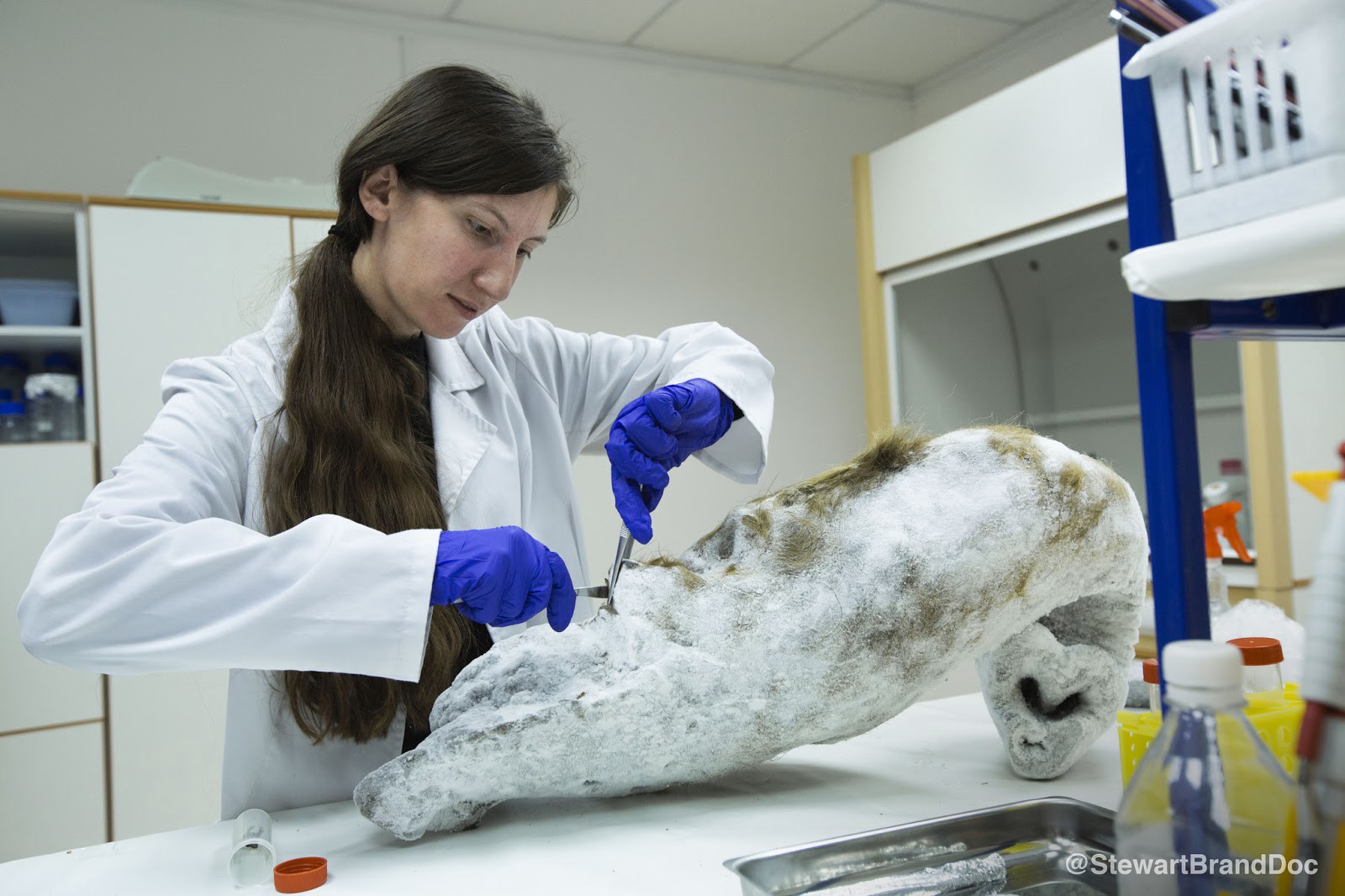
DNA is a lot like a recipe for a living thing. It contains coded instructions that tell cells how to grow and behave. “Once you know the code, you can try to recreate it in a living relative,” says Novak.
To try to recreate a mammoth, Church’s team turned to its closest living relative — the Asian elephant. The researchers started by comparing mammoth and elephant DNA. They looked for the genes most likely to match specific mammoth traits. They were especially interested in traits that helped mammoths survive in frigid weather. Those include shaggy hair, small ears, a layer of fat under the skin and blood that resists freezing.
The team then used DNA-editing tools to create copies of the mammoth genes. They spliced those genes into the DNA of cells collected from living Asian elephants. Now, the researchers are testing these elephant cells to see if the edits work as planned. They have gone through this process with 50 different target genes, says Hysolli. But the work hasn’t yet been published.
One problem, Hysolli explains, is that they only have access to a few types of elephant cell. They don’t have blood cells, for example, so it’s tough to check if the edit that is supposed to make blood resist freezing actually works.
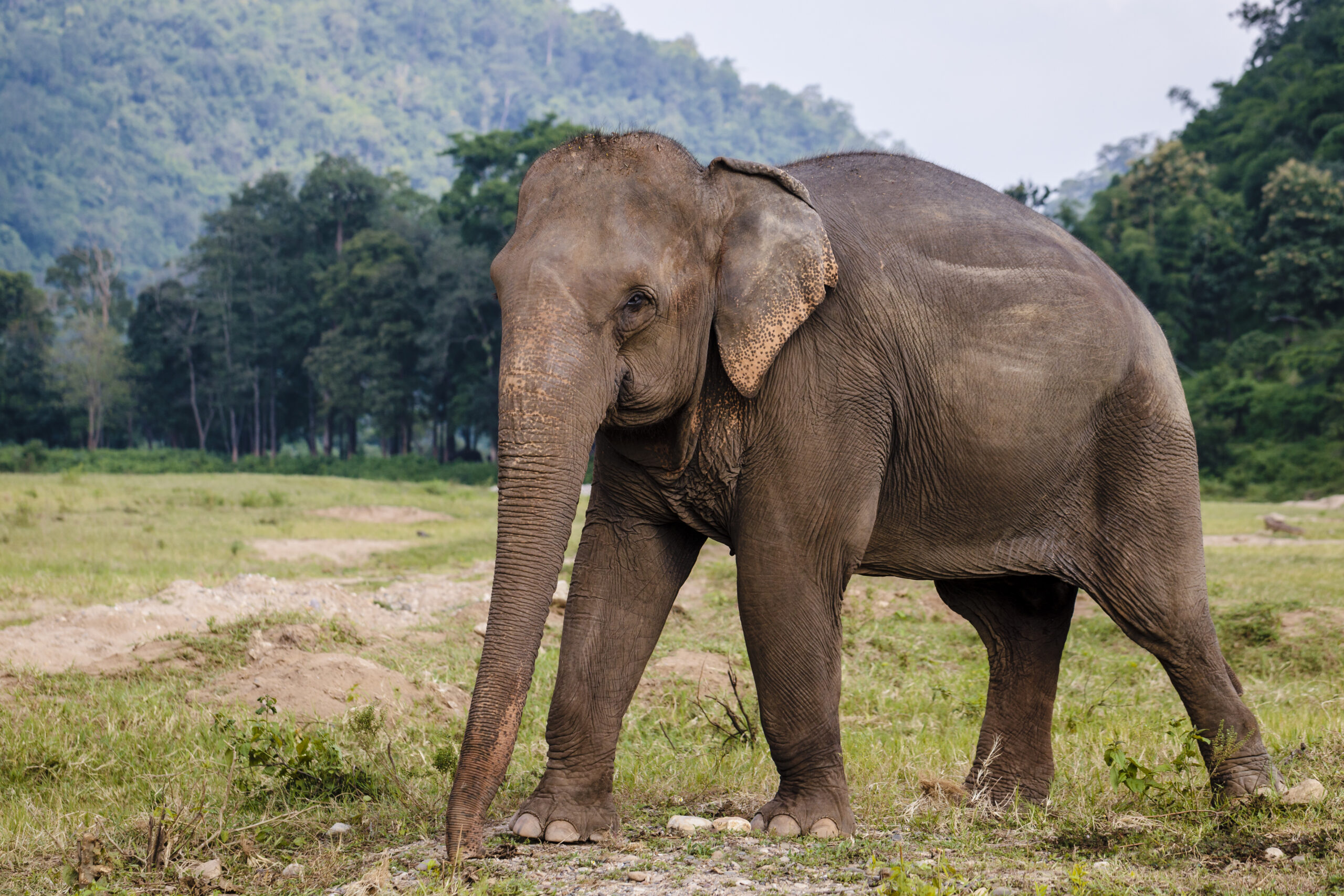
Cells with mammoth genes are exciting. But how do you make an entire living, breathing, trumpeting mammoth (or elemoth)? You’d need to make an embryo with the right genes, then find a living mother animal to carry the embryo in her womb. Because Asian elephants are endangered, researchers aren’t willing to put them through experimentation and possible harm in an attempt to make baby elemoths.
Instead, Church’s team hopes to develop an artificial womb. Right now, they are doing experiments with mice. Scaling up to elemoths is expected to take at least another decade.
A park for mammoths — and slowing climate impacts
Back at Pleistocene Park, the Zimov family hopes that Church’s team will succeed. But they are too busy to worry about it much. They have goats to check on, fences to mend and grasses to plant.
Sergey Zimov started this park outside of Chersky, Russia in the 1990s. He had a wild and creative idea — to restore an ancient ecosystem. Today, mosquitoes, trees, mosses, lichens and snow dominate this Siberian landscape. During the Pleistocene, however, this was a vast grassland. Woolly mammoths were just one of the many large animals that roamed here. Animals fed the grass with their droppings. They also broke apart trees and shrubs, making more room for grass.
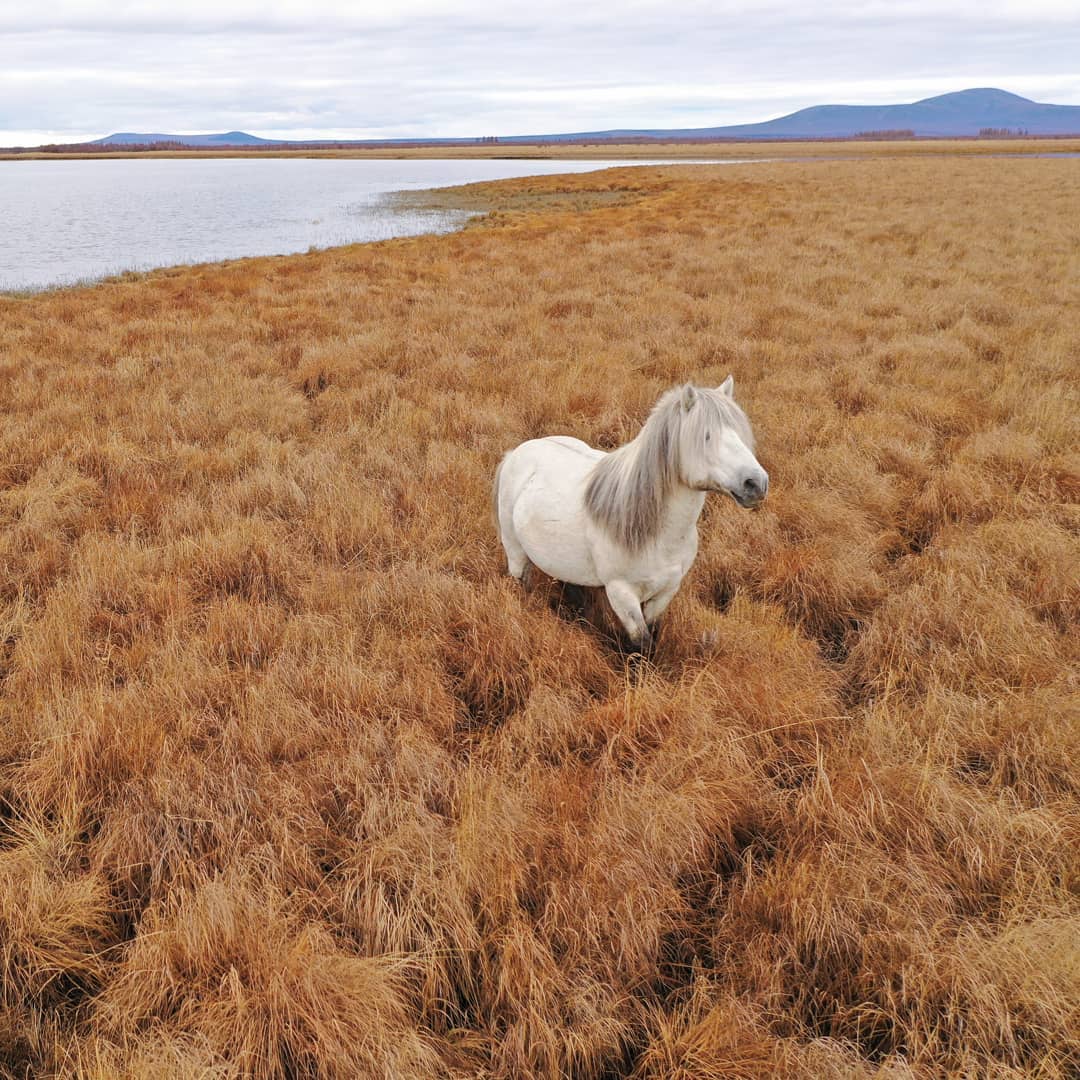
Nikita Zimov remembers watching his father release Yakutian horses into the park when he was just a little boy. Now, Nikita helps run the park. Around 150 animals live here, including horses, moose, reindeer, bison and yaks. In 2021, Nikita introduced small herds of Bactrian camels and cold-adapted goats to the park.
The park might be a nice tourist attraction, especially if it ever has woolly mammoths or elemoths. But showing off animals is not the Zimovs’ main goal. They are trying to save the world.
Beneath the Arctic soil, a layer of ground stays frozen all year long. This is permafrost. Lots of plant matter is trapped inside it. As Earth’s climate warms, the permafrost can melt. Then what’s trapped inside will rot, releasing greenhouse gases into the air. “It will make climate change quite severe,” says Nikita Zimov.
A grassland habitat filled with large animals, though, could change the fate of that permafrost. In most of Siberia today, thick snow covers the ground in winter. That blanket stops cold winter air from reaching deep underground. After the snow melts, the blanket is gone. High summer heat bakes the ground. So the permafrost warms a lot during hot summers, but it doesn’t cool very much during cold winters.
Large animals trample and dig through snow to munch on grass trapped underneath. They destroy the blanket. This allows frigid winter air to reach the ground, keeping the permafrost beneath chilly. (As a bonus, during summer thick grass also traps a lot of carbon dioxide, a greenhouse gas, from the air.)
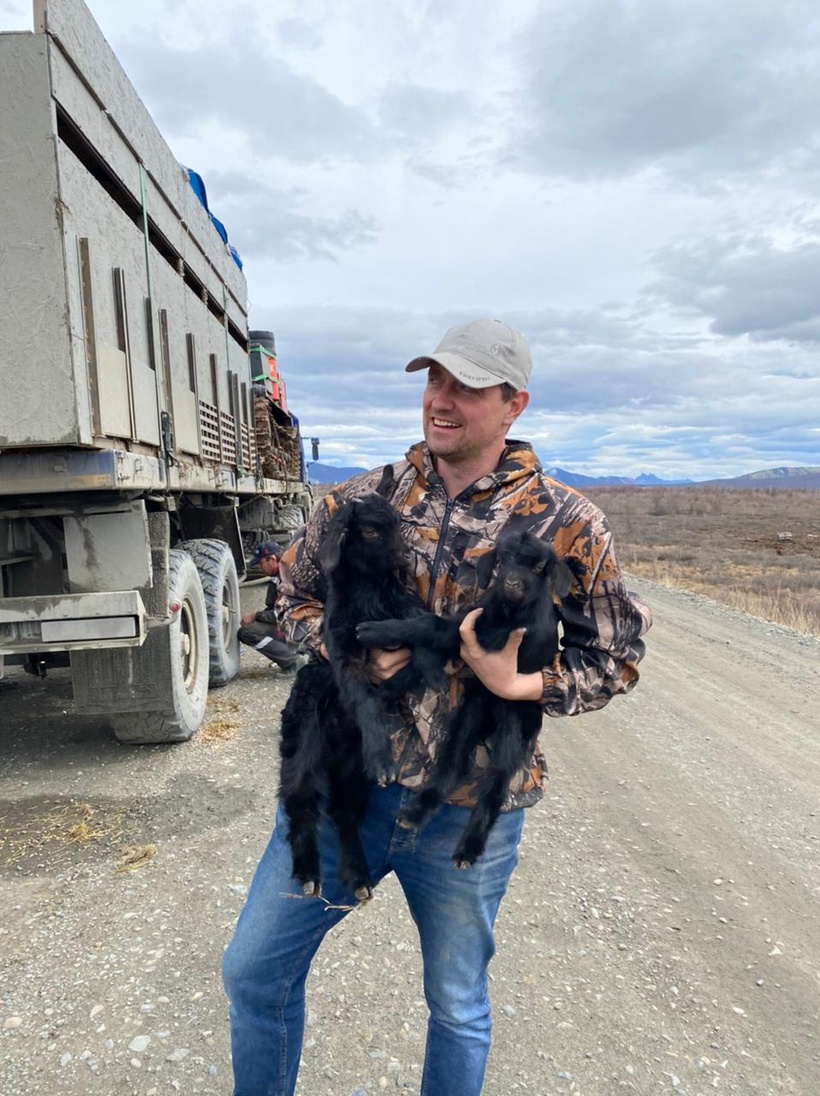
Sergey, Nikita and a team of researchers tested this idea. They took measurements of snow depth and soil temperatures inside and outside of Pleistocene Park. In winter, snow inside the park was half as deep as it was outside. The soil was also colder by about 2 degrees Celsius (3.5 degrees Fahrenheit).
The researchers predict that filling the Arctic with large animals will help keep around 80 percent of the permafrost frozen, at least until the year 2100. Only about half of it would remain frozen if the Arctic’s ecosystem doesn’t change, their research predicts. (These types of predictions can vary quite a lot based on how researchers assume climate change will progress). Their findings appeared last year in Scientific Reports.
At just 20 square kilometers (around 7 square miles), Pleistocene Park has a long way to go. To make a difference, millions of animals must roam over millions of square kilometers. It’s a lofty goal. But the Zimov family believes in it whole-heartedly. They don’t need elemoths to make the idea work. But these animals would speed the process, says Nikita. He likens replacing forest with grassland to a war. Horses and reindeer make great soldiers in this war. But mammoths, he says, are like tanks. “You can conquer much bigger territory with tanks.”
Considering the consequences
Hysolli wants elemoths in Pleistocene Park not just for the climate but also as a way to improve Earth’s biodiversity. “I am an environmentalist and an animal lover at the same time,” she says. Humans aren’t using most of the space in the Arctic. In many ways, it’s a perfect place for elemoths and other cold-adapted animals to live and thrive.
Novak also pursues de-extinction because he believes it will make the world a better place. “We live in a very impoverished world compared to what it used to be,” he says. He means that Earth is home to fewer species today than in the past. Habitat destruction, climate change and other human-caused problems threaten or endanger numerous species. Many have already gone extinct.
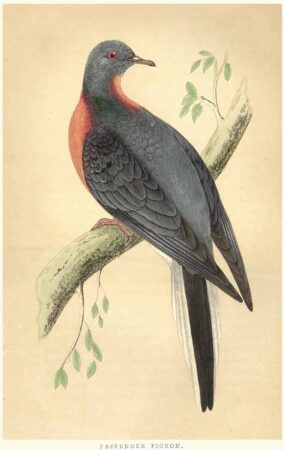
One of those creatures is the passenger pigeon. This is the species Novak most desires to see restored. In the late 19th century in North America, these birds gathered in flocks of as many as 2 billion birds. “A person could see a flock of birds that blotted out the sun,” says Novak. But humans hunted passenger pigeons to extinction. The last, named Martha, died in captivity in 1914. Hunting likely also contributed to the downfall of the mammoth. Stewart Brand, co-founder of Revive & Restore, has argued that since humans destroyed these species, we may now have a responsibility to try to bring them back.
Not everyone agrees. Restoring any species — mammoth, bird or something else — would take a lot of time, effort and money. And there are already many existing species that need help if they are to be saved from extinction. Many conservation scientists argue that we should help these species first, before turning our attention to ones that are long gone.
Effort and money aren’t the only problems. Experts also wonder how the first generation of new animals will be raised. Woolly mammoths were very social. They learned a lot from their parents. If the first elemoth lacks a family, “have you created a poor creature who is lonely and has no role models?” wonders Lynn Rothschild. She is a molecular biologist affiliated with Brown University. That’s in Providence, R.I. Rothschild has debated the question of de-extinction. She thinks the idea is incredibly cool but hopes that people will think it through carefully.
As the Jurassic Park movies warn, humans may not be able to control the living things they introduce nor predict their behavior. They could end up harming existing ecosystems or species. There’s also no guarantee these animals will be able to thrive in the world that exists today.
“I worry about introducing a species that went extinct. We’re bringing them back into a world they’ve never seen,” says Samantha Wisely. She is a genetics expert who studies conservation at the University of Florida in Gainesville. If mammoths or passenger pigeons were to end up going extinct a second time, that would be doubly tragic.
De-extinction should only be done with “a lot of thought and protection of the animals and ecosystems,” adds Molly Hardesty-Moore. She is an ecologist at the University of California, Santa Barbara. In her opinion, we should only seek to restore species that we know will thrive and help to heal existing ecosystems.
What do you think? Genetic engineering has given humans incredible power to transform life on Earth. How can we use this technology to make Earth a better place for us as well as for the animals who share this planet?
Kathryn Hulick, a regular contributor to Science News for Students since 2013, has covered everything from acne and video games to ghosts and robotics. This, her 60th piece, was inspired by her new book: Welcome to the Future: Robot Friends, Fusion Energy, Pet Dinosaurs, and More. (Quarto, October 26, 2021, 128 pages).







